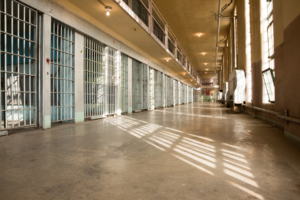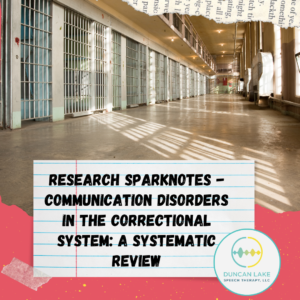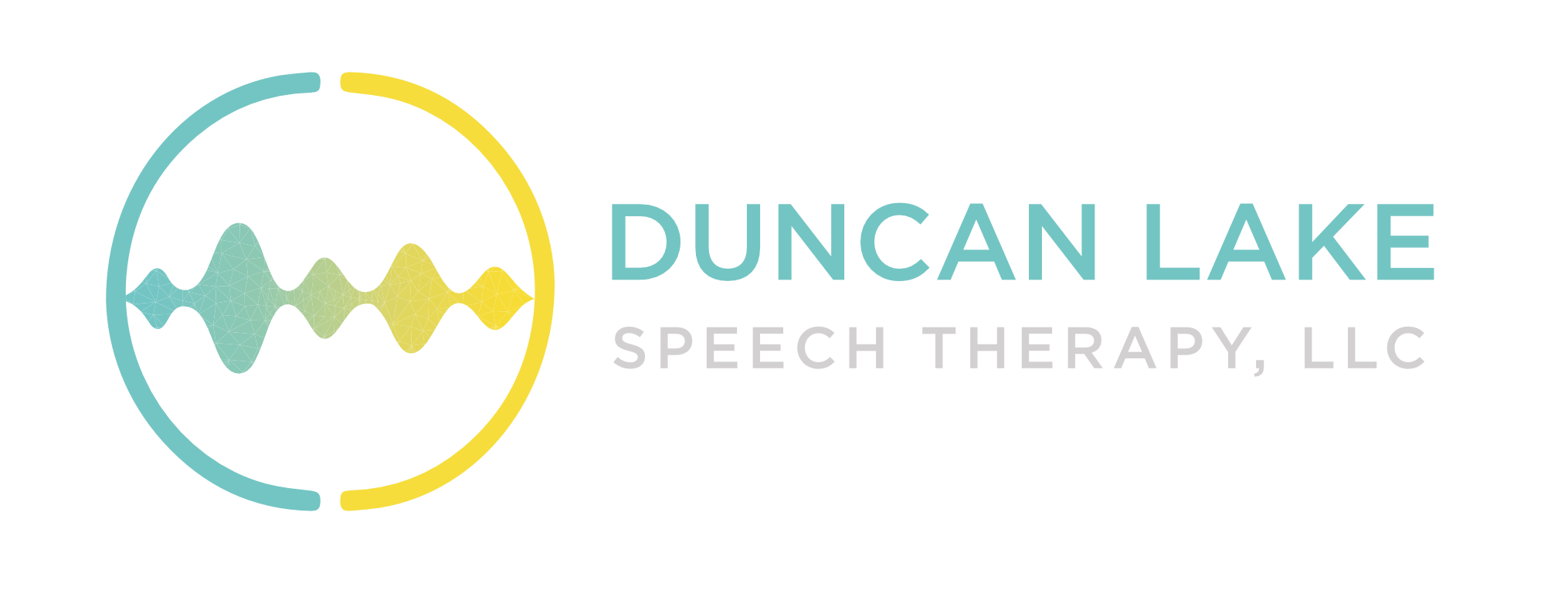by Tamiko Teshima, M.A., CCC-SLP
Practice Owner & Speech-Language Pathologist
Duncan Lake Speech Therapy, LLC
Ever wondered how communication disorders impact people in the criminal justice system? We’ve broken down a fascinating research review that explores this important topic. From the prevalence of language challenges to the barriers they create for rehabilitation, this post dives into why addressing these issues matters. Let’s take a closer look!
Article Title: Communication disorders in the correctional system: a systematic review
Published: 2023
Journal: Revista española de sanidad penitenciaria (Journal of Spanish Prison Health)
What the Study Is About
This review looks at communication disorders—like language, voice, and fluency issues—among people in prison in Spain. It explores how common these challenges are and examines how well they’re being addressed. The study also highlights the need for better research and support to improve communication skills for incarcerated individuals, which can positively impact their lives both inside and outside of prison.

Key Findings
Communication disorders are surprisingly common among incarcerated individuals, and they can create significant challenges in daily life. For example, language disorders are the most frequently reported issue, with studies showing that 60–80% of incarcerated individuals experience difficulties understanding or expressing themselves effectively. This can make even basic communication a struggle.
In addition to language disorders, voice and fluency disorders are also present, though less commonly studied. These issues can affect how clearly or smoothly someone can speak, making it harder for them to interact with others or participate in prison programs.
Both types of disorders can add layers of difficulty to an already challenging environment, where effective communication is essential for navigating relationships and opportunities for rehabilitation.
What’s Missing in the Research?
Although we know communication disorders are common in correctional facilities, there are some big gaps in the research that make it hard to fully understand the issue or provide the best support.
First, many facilities don’t have systems in place to consistently evaluate communication challenges. Without consistent assessments, it’s difficult to identify how widespread these issues are or which individuals need help.
Even when research is conducted, the methods used can vary a lot. This lack of standardization means it’s hard to compare studies or create treatment plans that work across different facilities. It’s like trying to compare apples and oranges—you just can’t get a clear picture.
On top of that, certain groups are often left out of the research. Women, non-native English speakers, and people with additional disabilities are underrepresented in studies. This means their unique needs and experiences aren’t fully captured, making it harder to provide them with effective support.
These gaps highlight the need for more consistent, inclusive, and standardized research to ensure everyone gets the help they need to communicate effectively.
Why Does This Matter?
Communication disorders can create major barriers for people in prison. Many struggle to participate in education, job training, or therapy programs that are essential for building skills and preparing for life after incarceration. On top of this, difficulty communicating often leads to feelings of isolation or frustration, affecting mental health and behavior.
By identifying those in need of support and providing speech-language therapy, we can help individuals express themselves better, build confidence, and engage more fully in rehabilitation programs. Collaboration between speech therapists, mental health professionals, and corrections staff is key to making this happen.
Supporting communication doesn’t just help people in prison—it benefits everyone. Better communication skills can reduce reoffending rates, improve mental health, and help individuals rebuild their lives once they return to their communities. With the right tools and support, we can create a justice system that truly rehabilitates.



Recent Comments